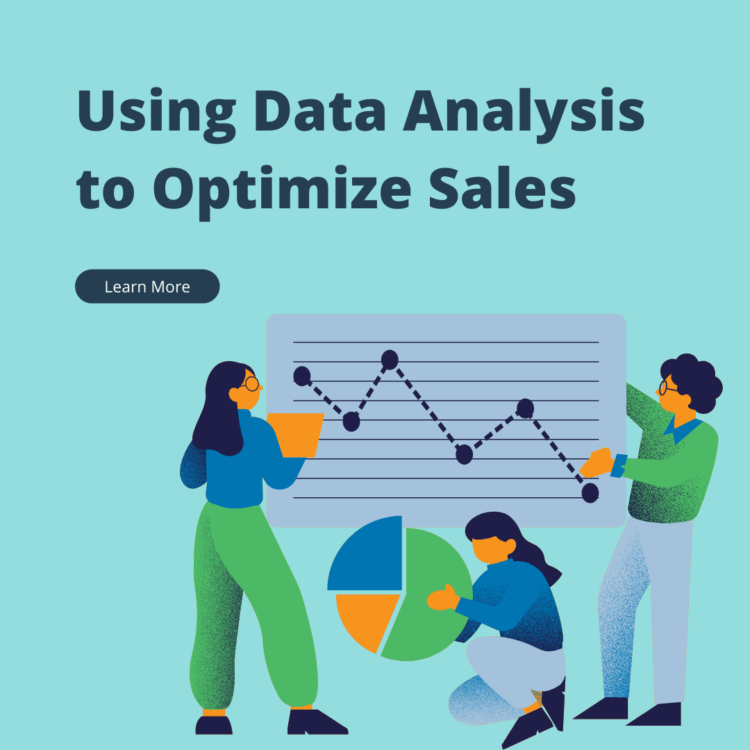Data analysis is a powerful tool for optimizing sales in today’s data-driven business environment. By collecting, processing, and interpreting relevant data, businesses can gain valuable insights that enable them to make informed decisions, improve sales strategies, and drive revenue growth. Here are some key ways data analysis can be used to optimize sales:
Customer Segmentation:
Data analysis can help identify different customer segments based on factors such as demographics, behavior, and purchase history. By understanding the unique needs and preferences of each segment, businesses can tailor their marketing and sales efforts to be more relevant and effective.
Sales Forecasting:
Historical sales data can be analyzed to predict future sales trends. This enables businesses to plan inventory, allocate resources, and set realistic sales targets. Accurate forecasting helps prevent overstocking or understocking of products.
Product Recommendations:
Analyzing customer browsing and purchase history allows businesses to provide personalized product recommendations. This can increase cross-selling and upselling opportunities, driving higher sales and customer satisfaction.
Churn Prediction:
By analyzing customer data, businesses can identify early signs of customer dissatisfaction or potential churn. Proactive retention strategies can be implemented to reduce customer attrition and boost customer lifetime value.
Price Optimization:
Data analysis can help determine the optimal pricing strategy for products or services. This includes dynamic pricing, competitive pricing, and promotional pricing strategies to maximize revenue while staying competitive.
Sales Funnel Analysis:
Understanding the sales funnel and analyzing where prospects drop off or convert into customers can lead to improvements in the sales process. Data analysis can help identify bottlenecks and areas that need attention.
Customer Lifetime Value (CLV) Analysis:
By calculating the CLV of different customer segments, businesses can allocate resources more effectively. High CLV customers can be prioritized, and marketing efforts can be adjusted accordingly.
Lead Scoring:
Data analysis can be used to score leads based on their likelihood to convert into customers. This helps sales teams prioritize their efforts and focus on leads with the highest potential, improving efficiency and conversion rates.
Competitive Analysis:
Data analysis can provide insights into the competitive landscape, allowing businesses to adapt their sales strategies to gain a competitive edge. This might include monitoring competitors’ pricing, product offerings, and market positioning.
Sales Performance Evaluation:
Analyzing individual and team sales performance metrics can help identify strengths and weaknesses. This, in turn, can be used for coaching, training, and setting performance targets.
Marketing Attribution:
Attribution models can determine which marketing channels and campaigns have the most significant impact on sales. This helps allocate marketing budgets more effectively to high-converting channels.
A/B Testing:
Data analysis allows businesses to conduct A/B tests to compare the effectiveness of different sales strategies, messages, or product variations. This iterative process helps refine sales tactics for better results.
Customer Feedback Analysis:
Analyzing customer feedback, reviews, and social media comments can provide insights into customer sentiment, which can be used to make product improvements and enhance the sales process.
In conclusion, data analysis is a fundamental tool for optimizing sales in the modern business landscape. By leveraging data-driven insights, businesses can make informed decisions, enhance customer experiences, and continuously improve their sales strategies to increase revenue and profitability. It’s essential to have the right data collection and analytics tools, as well as a data-driven culture, to harness the full potential of data analysis in sales optimization.










No Comments
Leave Comment